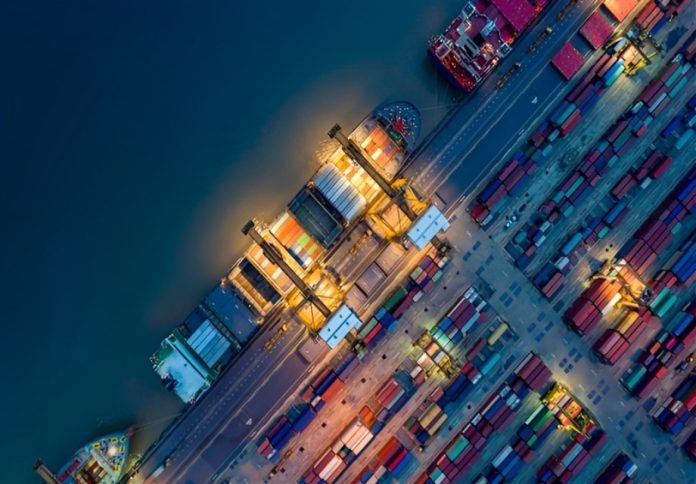
The New South Wales Government has unveiled a comprehensive reform agenda aimed at strengthening New South Wales’ freight sector, forecasting a $131.5 billion boost to the state’s economy and the creation of 235,000 additional jobs by 2061.
The plan, detailed in the newly released Delivering Freight Policy Reform in NSW report, provides a strategic roadmap of short, medium, and long-term actions to integrate freight more effectively into the state’s transport networks.
Commissioned in January 2024, the report was led by Dr Kerry Schott AO and a three-member panel of experts.
The NSW Government has formally accepted the recommendations and confirmed that Dr Schott will lead further work investigating barriers and opportunities for shifting more freight movement to off-peak times, particularly during the night, to make better use of existing road, rail, and terminal infrastructure.
“The movement of freight is fundamental to how we all live our lives, the cost we pay for imported goods and the competitiveness of NSW manufacturers and producers,” said Minister for Transport John Graham.
“The NSW Government is determined to enable the freight sector to reach its potential, which could mean adding a further $131.5 billion a year to the state’s economy and employing more than half a million people by 2061.”
Currently valued at $74 billion and supporting 330,000 jobs, the freight sector is projected to contribute an additional $1.6 billion in Gross Value Add (GVA) annually through to 2061, according to data from Transport for NSW.
The reform plan outlines a range of proposed initiatives, including the development of a freight master plan, new port policy for container terminals, improved rail freight competitiveness, strategic land planning for freight infrastructure, and industry-backed recruitment programs targeting key workforce shortages in roles such as truck drivers, train operators, and seafarers.
“Freight arrives at our biggest ports but moves through all our neighbourhoods on the road and rail network,” Graham said.
“Preparing those networks for the drivers of change to freight – especially population growth and technological change – is a big task, and this report sets a roadmap to guide us.”
Among the key infrastructure considerations is Glebe Island Port, currently under review as part of broader planning for the Bays Precinct and a new metro station.
The report acknowledges the vital role of freight at Glebe Island but warns that co-locating freight operations and residential development is generally unsustainable.
The policy reform roadmap also aligns with other existing state commitments, including the NSW Heavy Vehicle Access Policy, the Towards Net Zero Emissions Freight Policy, and the Port Botany Landside Improvement Strategy (PBLIS) Review.
In response to industry feedback, the panel has also clarified its position on the Willett Review of the Ports and Maritime Administration Act and the implementation of PBLIS.
Of 21 recommendations, 14 are set to proceed, while six will undergo further assessment to avoid unintended consequences.
One recommendation, proposing NSW Ports act as a service provider for administering elements of PBLIS, has not been adopted by the Government at this stage.
“In relation to the changes to PBLIS, I have asked Transport for NSW to appoint an independent facilitator to help ensure industry is well consulted on implementation and will update the sector when we have appointed someone to the role,” Graham said.
The full Delivering Freight Policy Reform in NSW report and supporting materials are available on the Freight Policy Reform Program web page.




















